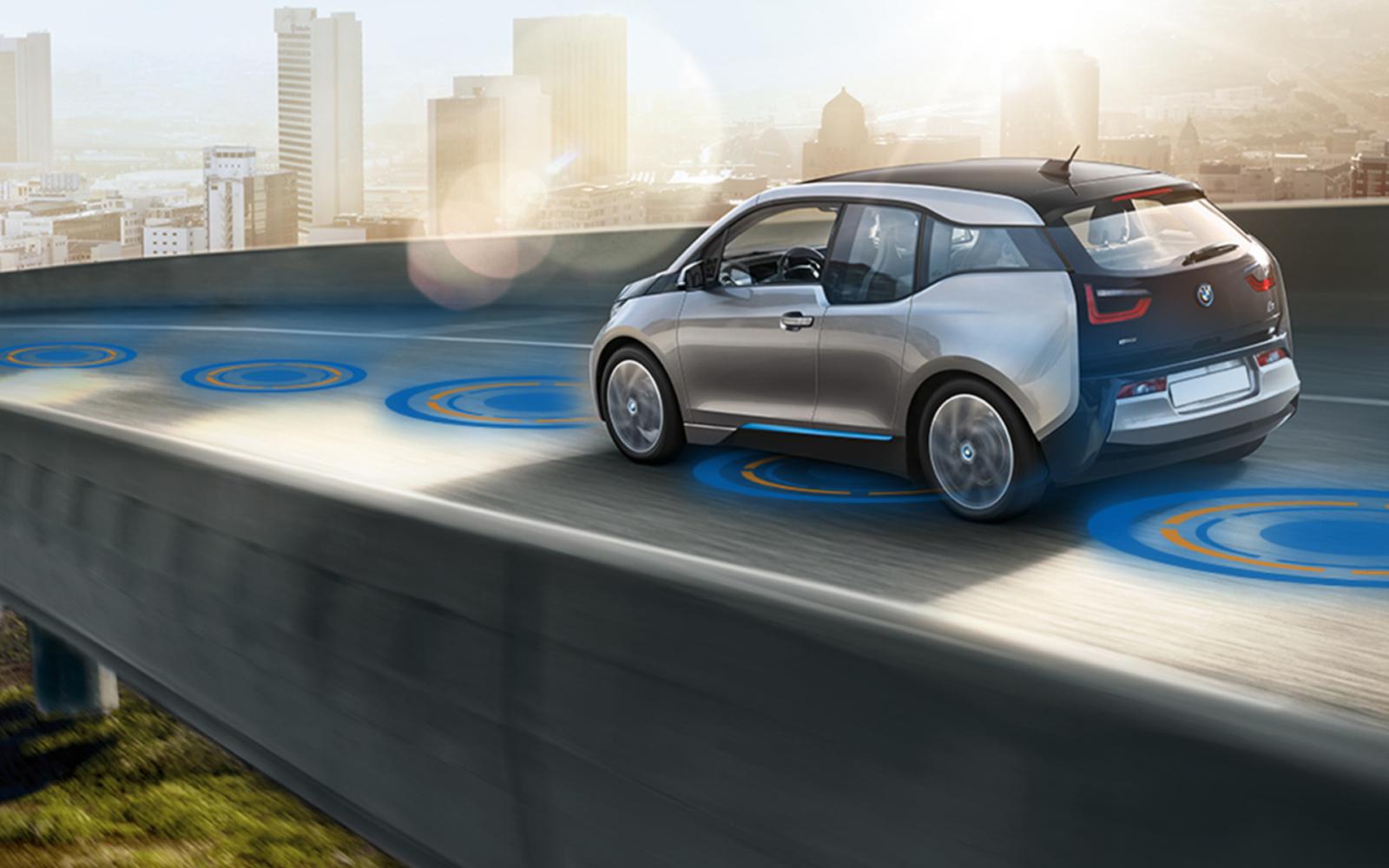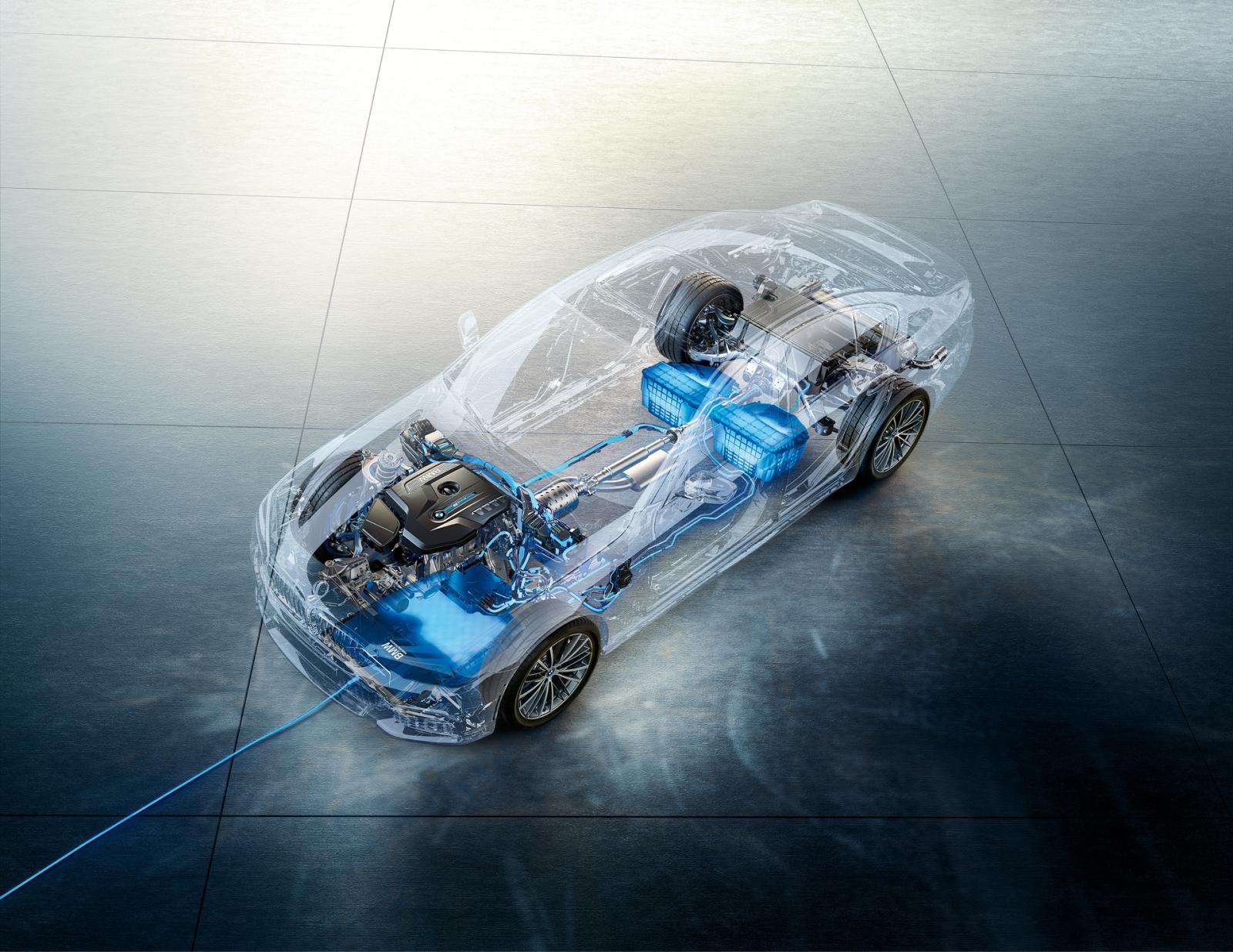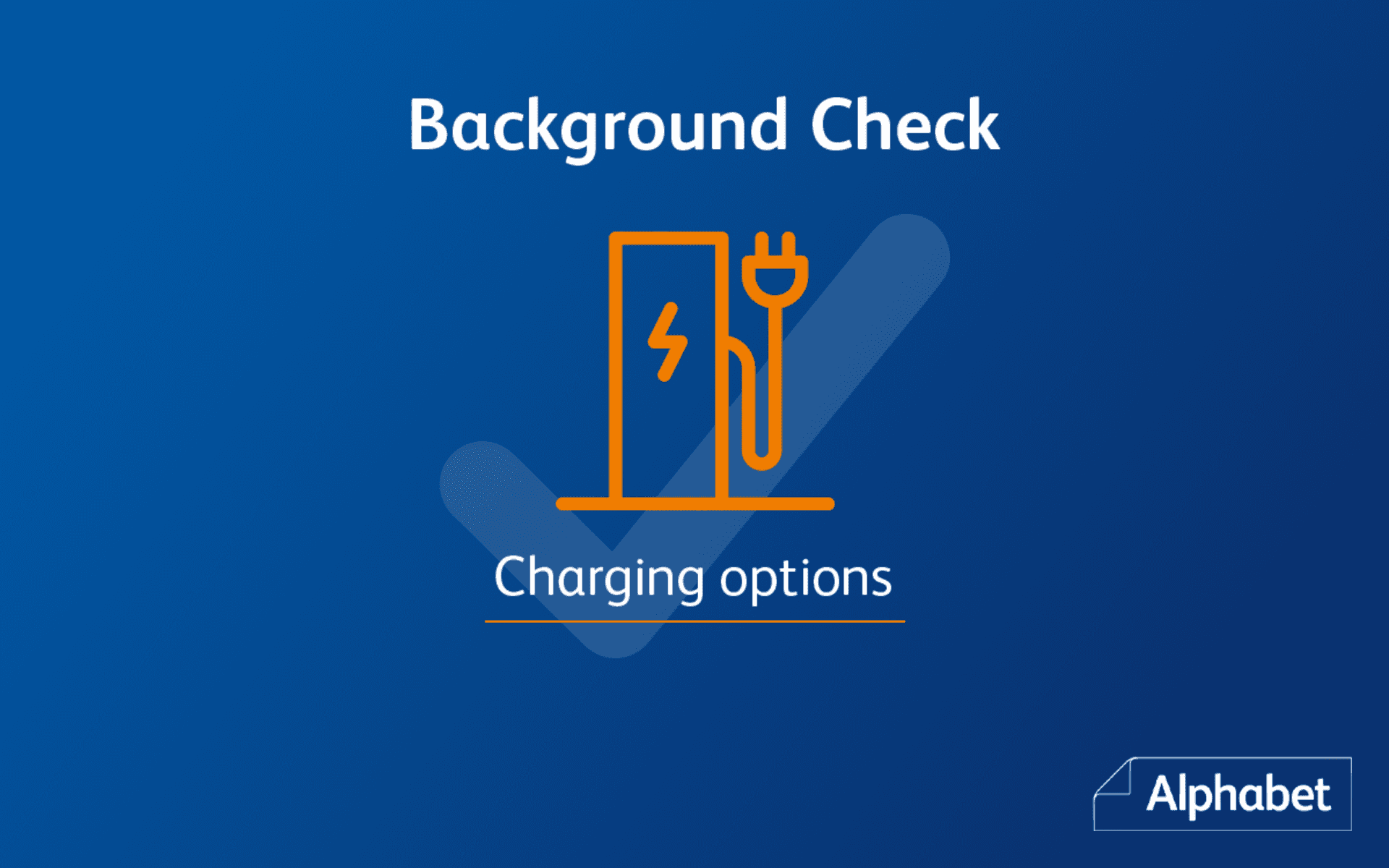E-Mobility & E-fuels
Wireless charging – how we will power up EVs in the future

Fuelling is not a foreign concept to us. We’re used to fuelling our cars. Even our bodies. What makes this task an annoying one is mostly defined by the “how”. The harder and more time consuming the process is, the more likely we resent it. So, with e-cars, the infamous reach anxiety could, in fact, represent the dread of having to locate power stations and being confined to them for a certain amount of time, even though, unlike petrol stations, your next charging point could be in front of work, at the supermarket or even at your own home.
Power unleashed
So, what can be done for us to feel less tied down by charging? There are various approaches towards improving the usability of electric vehicles. Building better batteries and charging stations is, of course, at the top of the list. This tackles the “what” – what kind of battery are we using? Battery development is, as of now, limited by weight and resources, therefore the “how” of charging might be the more interesting question to ask. So, let’s do that.
Charging by cable is the most common way to charge EVs. This system belongs to the so-called category of conductive charging. This means there is a physical connection between the power source and the energy recipient. Conductive charging could also be automated, with robots completing the task. Charging a vehicle will still require the same plug-in mechanism, but it would relieve the driver of this responsibility. No untangling, no pushing, no pulling.
Another approach is to connect the car in a different manner. For example, by installing a connector on the car’s underbody which matches a pad at the charging spot. Once the car drives over it, the systems would attach. The pad could potentially be located at your home or at car parks, making charging more convenient. This technology is already available, in the form of BMW’s Wireless Charging System, the first of its kind to go on the market. But is there a way to opt out from plugging in completely?

Cut the cord
The dream for the future is to equip streets and highways with power sources that vehicles can connect to and charge while driving. This would not only eradicate the topic of reach entirely, but also means that batteries could be smaller and therefore lighter and less resource intensive. One system to charge vehicles on the go has recently been introduced in Germany. The installation that looks and works similarly to tramways, allows trucks to connect to an overhead power line on the highway. Sweden’s approach to this is to provide embedded highway rails, which follows the same principle. Looking forward, inductive charging could allow vehicles to charge without even having to connect to the asphalt, making this the ultimate EV fantasy.
For the magnetism to work its magic, the car must be placed in the exact right spot, which makes parking somewhat harder. Micro-navigation systems are therefore the perfect companion to an inductive system, taking over this task. However, this option is currently mostly useful for hybrid vehicles. To power up fully-electric cars in a reasonable time frame, the current power flow is still too low. This is due to safety concerns, as a strong magnetic field would affect its surroundings and could endanger humans and animals.
Off the grid
As far as we’ve seen, inductive charging could be a good way to break free from the restraint of the charging cable. What remains is the fact that you will have to leave your car in one spot for a certain amount of time, being effectively immobile. Of course, charging at night lessens this issue, but there are occasions where you need to power up during the day or simply don’t have the option to night charge. So what if you didn’t have to stop for charging?
The dream for the future is to equip streets and highways with power sources that vehicles can connect to and charge while driving. This would not only eradicate the topic of reach entirely, but also means that batteries could be smaller and therefore lighter and less resource intensive. One system to charge vehicles on the go has recently been introduced in Germany. The installation that looks and works similarly to tramways, allows trucks to connect to an overhead power line on the highway. Sweden’s approach to this is to provide embedded highway rails, which follows the same principle. Looking forward, inductive charging could allow vehicles to charge without even having to connect to the asphalt, making this the ultimate EV fantasy.



